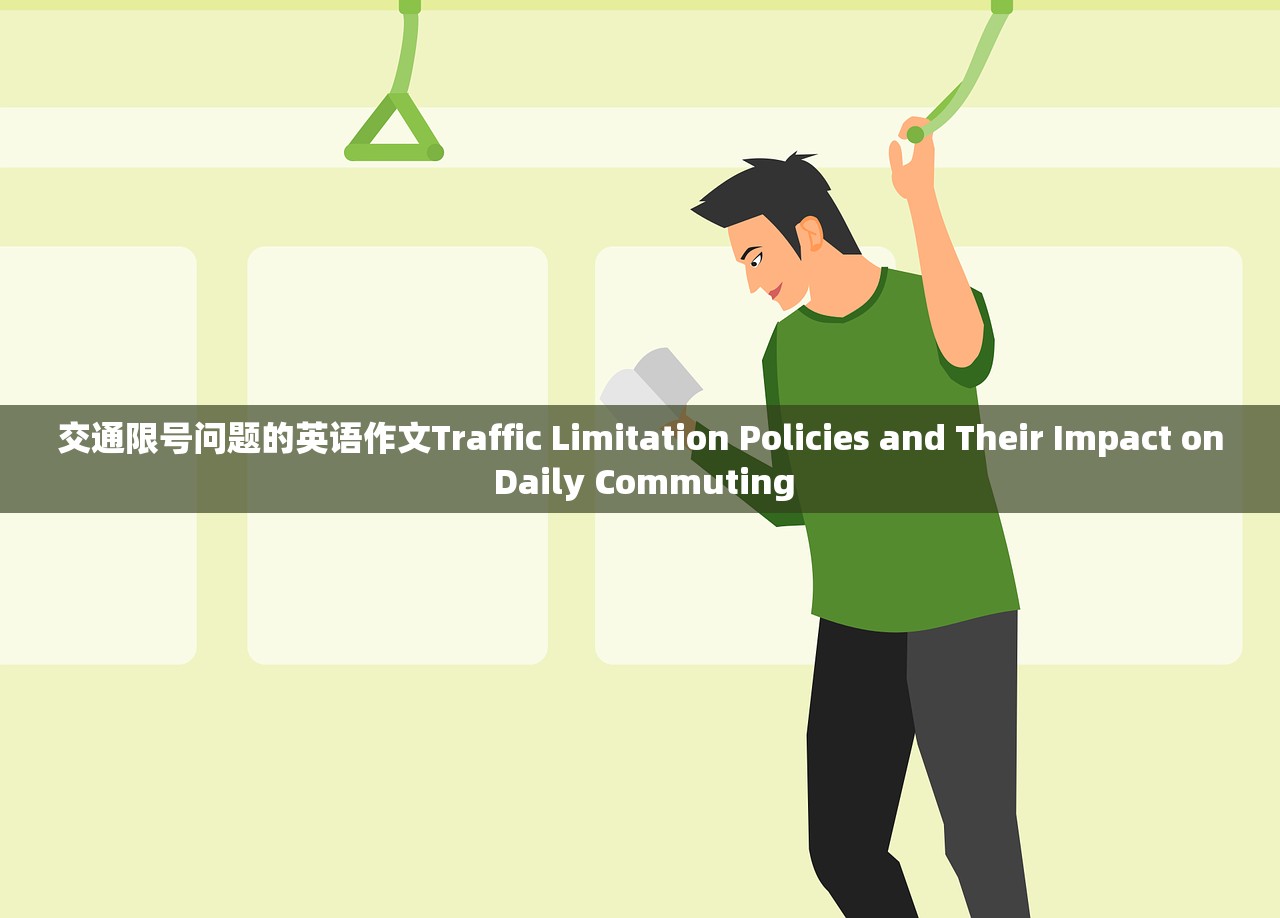交通限号问题的英语作文Traffic Limitation Policies and Their Impact on Daily Commuting
- 出行交通
- 4
In today's urban context, traffic congestion has become a common challenge faced by millions of commuters worldwide. To address this challenge, various strategies have been implemented, among which, traffic limit policies are becoming increasingly prevalent. One such policy that has gained significant attention is the traffic signboard limiting or commonly known as "traffic signboard restrictions." This essay delves into the concept of traffic signboard restrictions and their impact on daily commuting.
The concept of traffic signboard restrictions is a traffic management measure aimed at regulating the movement of vehicles within a city. Typically, this involves assigning alternate days for different vehicle registration numbers to enter a city center or a heavily congested area. Such policies are implemented to reduce traffic congestion and improve air quality by reducing vehicle emissions.

Firstly, the implementation of traffic signboard restrictions has resulted in a significant reduction in traffic congestion. By limiting the number of vehicles entering a specific area, the flow of traffic becomes smoother, and commuters are able to reach their destinations faster. This reduction in congestion has also led to a decrease in fuel consumption and a subsequent improvement in air quality.
Secondly, these policies have also encouraged commuters to adopt alternative modes of transportation. With fewer vehicles on the road, commuters are encouraged to use public transportation, bicycles, or even walk, which not only reduces traffic congestion but also promotes a healthy lifestyle.
However, despite its benefits, traffic signboard restrictions have also raised some concerns. One such concern is the inconvenience it causes to commuters. For those who rely on their vehicles for work or other essential activities, the inconvenience of having to adjust their schedules based on their vehicle's registration number can be significant. Additionally, while it may reduce traffic congestion in the short term, it does not address the fundamental issues that lead to congestion in the long run, such as inadequate infrastructure or poor urban planning.

To address these concerns, it is essential to implement these policies alongside other measures. For instance, improving public transportation systems, investing in cycling infrastructure, promoting carpooling or ride-sharing options, and encouraging people to adopt a multi-modal approach to commuting can help mitigate the impact of traffic signboard restrictions. Furthermore, cities should consider implementing dynamic restrictions that can adjust based on real-time traffic data and weather conditions.
In conclusion, traffic signboard restrictions are one of the strategies employed to address traffic congestion and improve air quality. While they have resulted in significant improvements in reducing congestion and encouraging alternative modes of transportation, they also have their limitations and concerns. To ensure the long-term success of these policies, it is crucial to implement them alongside other measures and address the fundamental issues that lead to congestion.





有话要说...